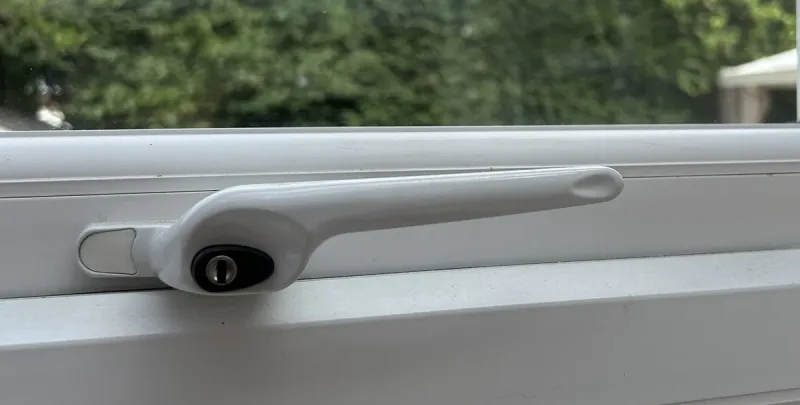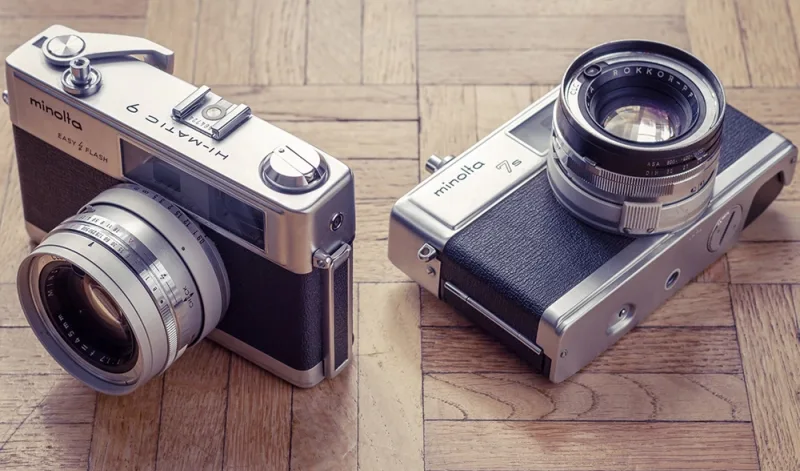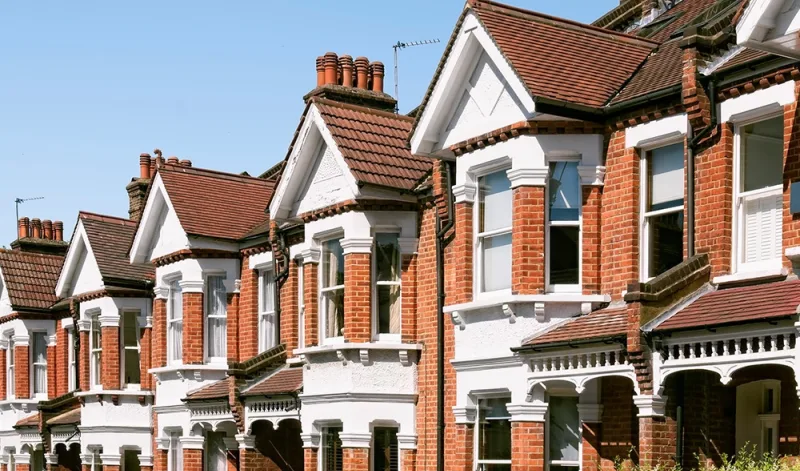Painting and decorating your home, should very much form part of a home maintenance program, but more than that, as we spend a good deal of our time at home, a freshly painted house, both inside and out can do much to improve the living environment.
Depending on the type of building you own, it may or may not be possible to paint the outside of the house without calling in the services of a professional painter & decorator. Certainly you will need the correct equipment and much care will have to be taken to make sure that you can complete the task in a safe manner. This is a fairly major job and shouldn’t be undertaken without much consideration, often homeowners start to paint the outside of the property and then realise it’s going to take a lot longer than they first thought.
Preparation is needed if your work is going to look of a good quality and you will certainly not want to do it again in a hurry, start by having a general clean up of the exterior, ( paint wont stick to grease, grime & dirt) scrape off everything that is loose on the walls and finish off with a rough sanding. Don’t forget, wear a dust mask and eye protection if you are doing any type of sanding. Once this has been done, give the walls a wash down and let it dry overnight. You can do this with a hosepipe ( make sure it’s not banned) or most DIY stores will sell some pretty powerful jet equipment and a reasonable price.
Before starting to paint, it’s a good idea to remove any attachments such as house signs and numbers, clean these up ( or replace) separately and refit once the work has been completed. Also remember to remove any items near the property such as rubbish bins as they may become splattered with paint. Shrubs, should be cut back so as they do not get in the way.
The choice of paint is one of personal choice, many will prefer to first apply a primer then paint over this and some say it gives a better finish. However, their are plenty of ‘one coat’ masonry paints on the market now and as most people want to get the job done as quickly as possible, these are very popular. Spending a few extra pounds at this point can reap dividends in the long run, consider buying a better quality masonry paint, some are dirt resistant which is great for helping to keep that just painted look, some contain a fungicide and the latest paints incorporate nanotechnology are are self cleaning. Be guided by your paint shop, ask their opinion, what paint your buying should reflect the location of your property and the prevalent local weather conditions. Also ask for an opinion on how much paint you will actually need for the job, remembering that certain surfaces such as pebble dashed properties will need more of a covering.
Finally, make sure you have a suitable brush for applying masonry paint, there are also some good quality rollers available now. It’s surprising, but the job time can be cut down drastically, simply by having the right type of brushes.
When it comes to decorating the inside of your home preparation is the key. As you may have to live with any colour scheme for quite some time, spending some time, looking through magazines and perhaps visiting some show rooms can give you some good ideas. Remember though, that most illustrations will have used sympathetic furnishings, you may have to replace all of yours if you want to obtain a similar effect. Remember as well that lighter colours will make a room seem larger and darker colours will make it seem smaller.
Before you start to paint, especially if you are going to paint the whole house, try to devise a realistic plan and one that doesn’t involve painting the whole house in day. If you try to do it too quickly, it will show in the results. You will need to consider the following;
- You will need to have sufficient coverings to cover floors and any furniture that cannot be moved.
- You will need to clean and prepare the walls and have the correct tools and cleaners to do so
- You will need to consider the use of the room and how long you can afford to have it out of use.
- You will need to decide on what style of painting you are going to employ.
- You will have to make sure you are able to deal with spillages.
- Remember, painting and hoping it’ll turn out Ok, don’t tend to work too often, if after painting a small section, you are worried about the colour, it’s probably better to stop.
Everyone is keen to get the brush out as soon as possible but remember, before you start, remove all furniture or other obstructions, if this cannot be done cover them up. For fixtures and fittings such as: light fittings, ceiling fans, chandeliers, radiators, floors and carpets, you should cover these with a cloth (old bed sheets still work well). Plastic sheeting looks more professional but paint can take a long time to dry on it, so be careful when you are removing it. Don’t forget to remove ( or tape up that’s easier) electrical switches, door knobs. thermostats etc.
For the best results, no matter what surface you are painting, it will need to be cleaned before hand. Your DIY store can sell you special soap that is designed for this purpose. Once the surface has been thoroughly cleaned, inspect it for any minor imperfections, paint will not cover these up so it’s best to attend to them now, use filler if necessary.





























